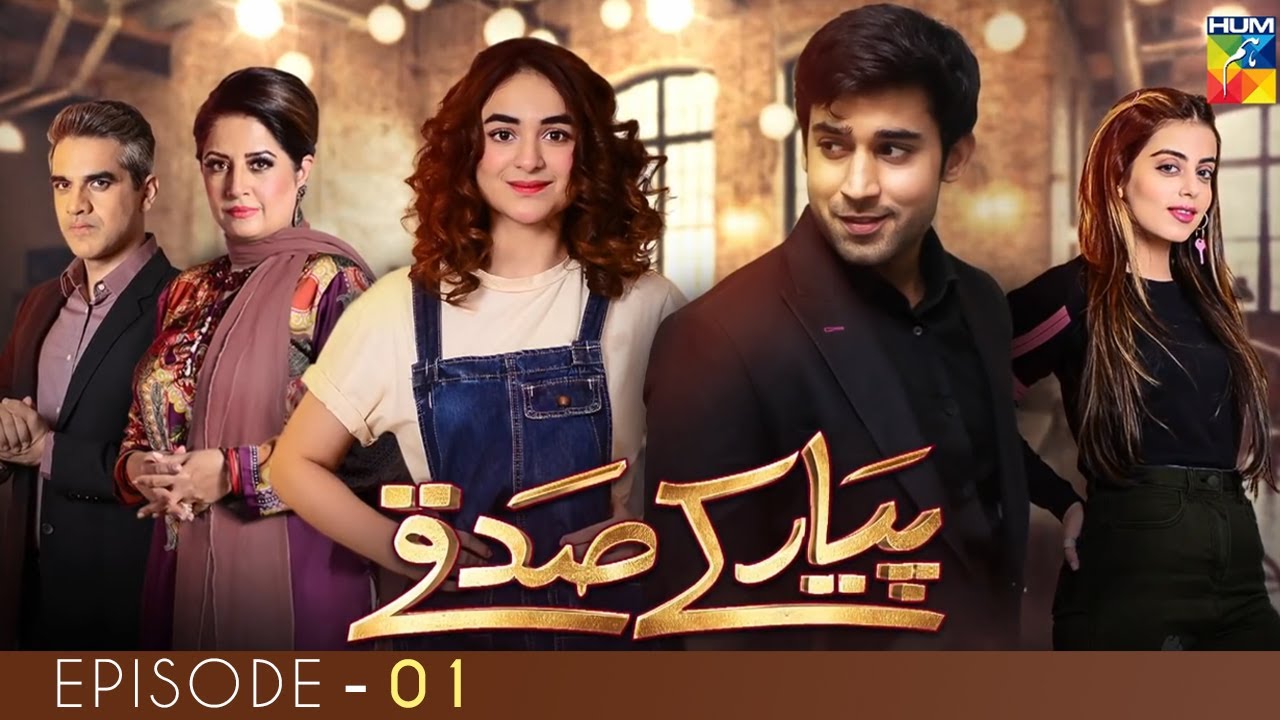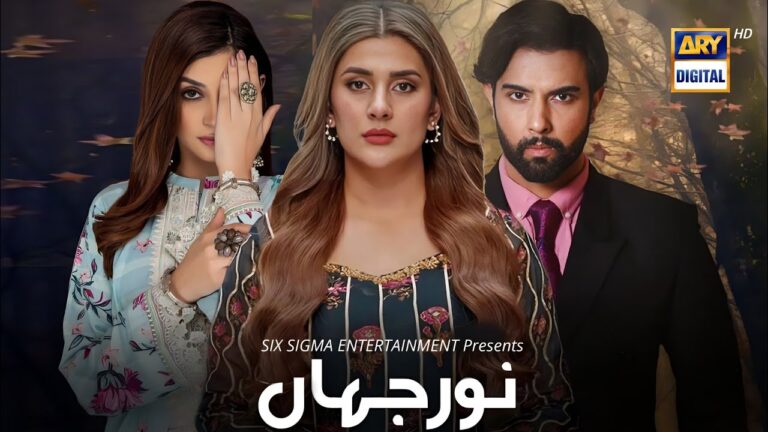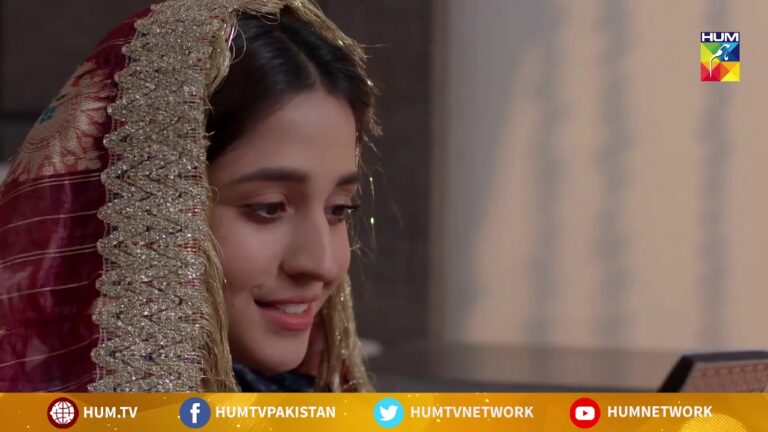Pyar Ke Sadqay Drama Review: Pyar Ke Sadqay, a Pakistani drama serial which aired in 2020-2021, captured hearts with its unique blend of social commentary, complex characters, and a love story that defied societal expectations. This review delves into the drama’s strengths and weaknesses, offering a comprehensive analysis of its impact on viewers.
A Story of Contrasting Worlds:
The drama revolves around two central characters, Mahjabeen (Yumna Zaidi) and Abdullah (Bilal Abbas Khan). Mahjabeen, a naive and innocent girl from a lower-middle-class background, is forced into a marriage with the affluent and educated Abdullah due to her family’s financial constraints. Abdullah, initially hesitant due to societal pressures, eventually develops a bond with Mahjabeen, appreciating her kindness and genuine nature.
The narrative beautifully contrasts their worlds. Mahjabeen’s family struggles to make ends meet, living in a cramped house and facing societal judgment due to their financial situation. In contrast, Abdullah’s family belongs to the elite, accustomed to a privileged lifestyle and bound by societal expectations. This disparity sets the stage for conflict and creates tension within the narrative.
Strengths of the Drama:
-
Compelling Characters: The characters are the heart and soul of the drama. Mahjabeen, with her innocence and unwavering faith in love, is a breath of fresh air. Her journey of self-discovery and resilience resonates deeply with viewers. Abdullah, initially flawed and hesitant, undergoes a transformation, realizing the importance of love and respect. The supporting characters, like the scheming Mansoora (Saba Hameed) and the supportive Farah (Sania Shamshad), add depth and intrigue to the narrative.
-
Social Commentary: Pyar Ke Sadqay subtly addresses several social issues prevalent in Pakistani society. It touches upon themes of class distinction, financial disparity, and the pressure to conform to societal expectations. The drama showcases the struggles faced by the underprivileged and the limitations imposed upon women.
-
Performances: The stellar performances by the cast elevate the drama. Yumna Zaidi delivers a nuanced and powerful portrayal of Mahjabeen, capturing her innocence, vulnerability, and strength. Bilal Abbas Khan effectively portrays Abdullah’s journey from hesitation to acceptance and love. The supporting cast adds their own unique flavor to the narrative, contributing to the overall success of the drama.
-
Emotional Depth: The drama is a rollercoaster of emotions, with moments of joy, heartbreak, and triumph. Viewers connect deeply with the characters’ struggles and victories, making the story both relatable and engaging.
Weaknesses of the Drama:
-
Plot Pacing: While the initial episodes are captivating, the middle section suffers from occasional pacing issues. Some storylines feel repetitive, and the resolution of certain conflicts could have been handled more efficiently.
-
Unrealistic Elements: While the drama is grounded in reality for the most part, certain situations and character decisions might appear contrived or unrealistic to some viewers. This can occasionally disrupt the flow of the narrative.
-
Overuse of Tropes: The drama utilizes some recurring tropes commonly found in Pakistani dramas, such as the use of misunderstandings and societal pressure to create conflict. While these elements serve a purpose, their frequent use might feel predictable or repetitive to some viewers.
Delving Deeper: A Look at Pyar Ke Sadqay’s Nuances
Adding to the previous review, let’s delve deeper into specific aspects of Pyar Ke Sadqay:
Exploring the Power and Plight of Women:
The drama shines a light on the complex experiences of women in Pakistani society. Mahjabeen represents a relatable figure for many women navigating societal expectations and financial constraints. Her marriage to Abdullah initially appears as a sacrifice, a consequence of her family’s economic struggles. Yet, she navigates her new life with grace and resilience, refusing to be defined solely by her circumstances.
The drama contrasts Mahjabeen’s experience with other female characters. Shanzay (Srha Asghar), trapped in a loveless marriage, represents a different struggle for autonomy and fulfillment. Meanwhile, Washma (Uzma Hassan), Mahjabeen’s supportive sister, embodies the strength and resilience found within the lower-middle class, constantly striving for her family’s well-being.
Beyond the Love Story: Addressing Social Issues:
Pyar Ke Sadqay subtly critiques societal issues impacting Pakistan. The stark contrast between Mahjabeen and Abdullah’s worlds exposes the deep-rooted class disparity and its impact on opportunities and aspirations. The narrative also showcases the pressure to conform to societal expectations, particularly regarding marriage and family dynamics. The disapproval faced by Mahjabeen and Abdullah from certain family members due to their contrasting backgrounds highlights the societal limitations on individual choice.
Furthermore, the drama explores the theme of disability through the character of Phooljan (Madiha Tahir), Mahjabeen’s younger brother with Down Syndrome. His portrayal breaks away from stereotypical representations often seen in Pakistani media. The drama showcases the challenges faced by individuals with disabilities and the importance of acceptance and inclusivity.
The Art of Storytelling:
The drama’s direction effectively captures the emotional depth of the characters and their journeys. The use of symbolism, particularly through recurring motifs like the kite or the rose, adds layers of meaning to the narrative. The soundtrack, featuring soulful music and poignant lyrics, complements the emotional arc of the story.
However, the pacing issues mentioned earlier warrant further discussion. While the initial episodes are fast-paced and captivating, some storylines in the middle section feel stretched, potentially hindering the flow of the narrative. Additionally, certain plot devices, like the prolonged misunderstandings, might seem repetitive for viewers familiar with common tropes used in Pakistani dramas.
Beyond the Screen: Legacy and Impact:
Pyar Ke Sadqay sparked a national conversation about societal issues, with viewers praising its portrayal of complex characters and its exploration of social realities. The drama challenged conventional narratives and encouraged viewers to question societal norms and expectations. It served as a platform for raising awareness about disability rights and advocating for a more inclusive society.
The drama’s success also lies in its ability to resonate with a global audience. The themes of love, sacrifice, and the struggle for self-discovery transcend cultural boundaries and connect with viewers of diverse backgrounds. While grounded in its Pakistani context, Pyar Ke Sadqay offers a universal message of hope, resilience, and the power of love in overcoming societal barriers.
Overall Impact:
Pyar Ke Sadqay, despite its minor shortcomings, remains a compelling and impactful drama. Its exploration of social issues, relatable characters, and powerful performances leave a lasting impression on viewers. The drama encourages viewers to challenge societal norms and celebrate the power of love, understanding, and self-belief. It serves as a reminder that love can blossom in the most unexpected places, defying societal boundaries and fostering hope for a more just and equitable world.
Conclusion:
Pyar Ke Sadqay is a well-crafted drama that offers a poignant commentary on love, societal pressures, and self-discovery. While not without its flaws, the drama’s strengths outweigh its weaknesses, making it a worthwhile watch for viewers seeking a captivating and thought-provoking story.










+ There are no comments
Add yours